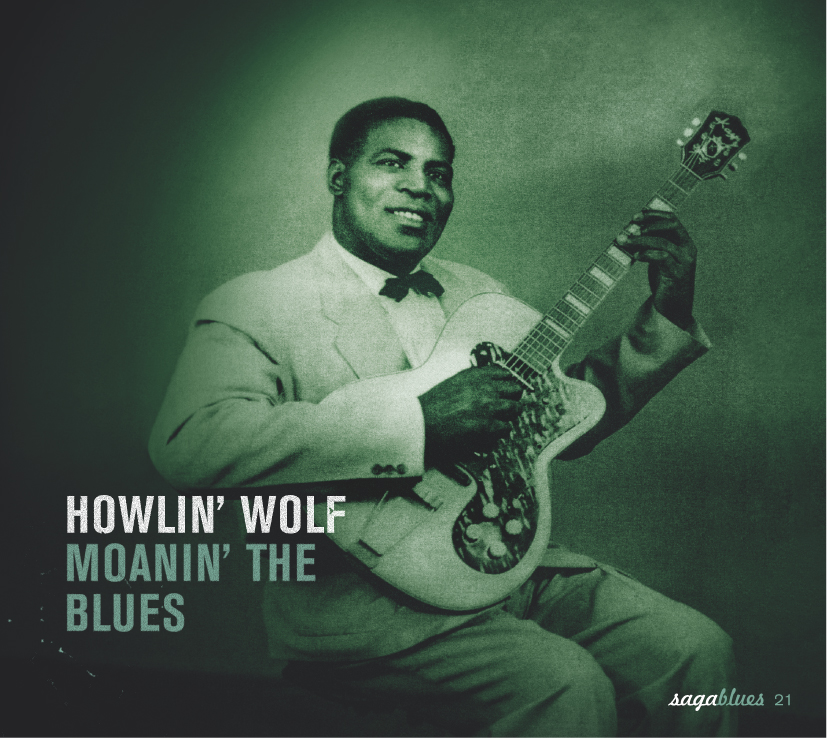
21 Howlin’ Wolf – Moanin’ the Blues
Part I – Delta amplified
Part II – Chicago Bound
With his outrageous stage act that left listeners spellbound, the Howlin’ Wolf was a larger-than-life character. One of only a handful of post-war electrified Delta blues figures whose name graced the Black charts during the 1950’s, the Wolf was first recorded in Memphis by Sam Phillips, the man who discovered Elvis Presley. This album describes the initial impetus of the Wolf’s career, and we follow him as he leaves the rough Delta underworld for the more urbane Chicago club scene where he became the main rival of Muddy Waters, before the Rolling Stones publicized his music across the planet.
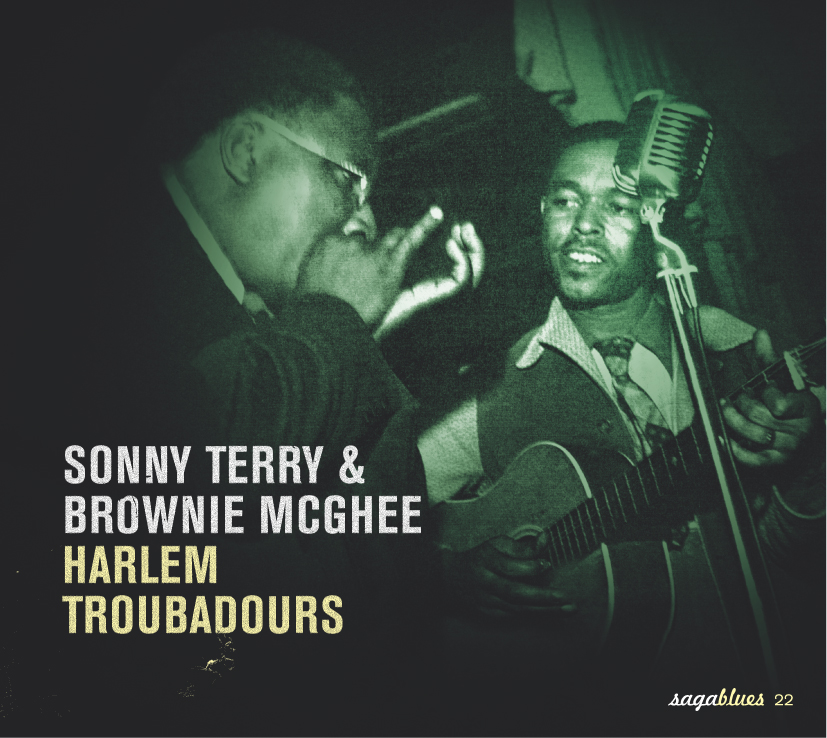
22 Sonny Terry and Brownie McGhee – Harlem Troubadours
Part I – Sonny Terry
Part II – Brownie McGhee
The blind man clinging to the lame man, they’ve toured the world for thirty years, introduced many of us to the blues, made us cry and smile, and even laughed at them and their finely tuned act. The fact remains that they are the most famous duettists in blues history. When the first, Sonny Terry, who imitated all manner of noises, sounds and cries on his little harmonica, crossed paths with the second, Brownie McGhee, a fine guitarist from Piedmont, they initially competed with each other, giving each other a hand here and there. When they realized that they were even better when they sang together the most beautiful tunes of their folklore, they decided to unite their destiny. But did they know that their two names together would become a veritable trademark made in blues?
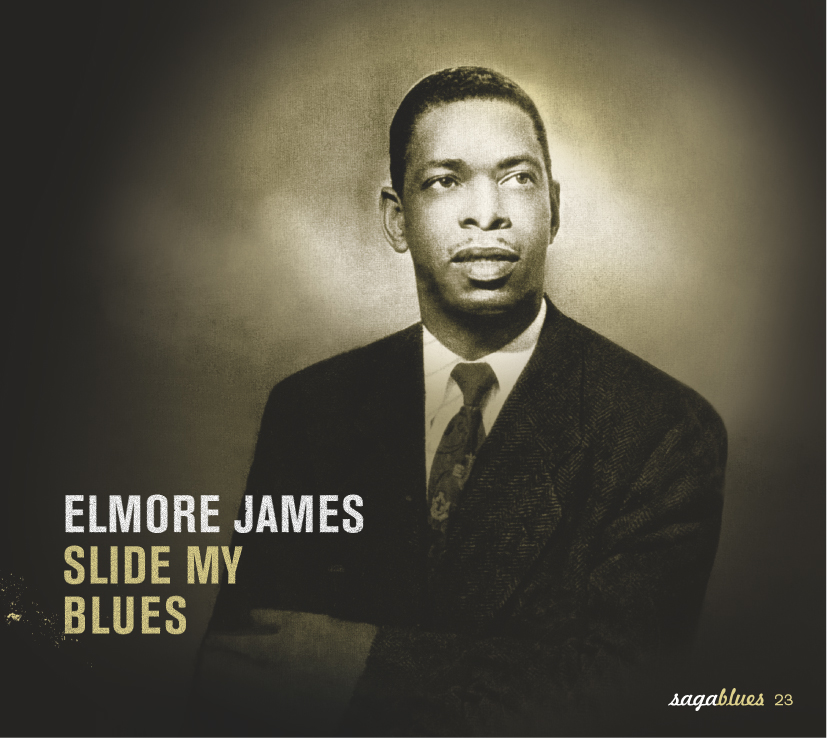
23 Elmore James – Slide My Blues
Part I – From Mississippi to Chicago
Part II – Slide Guitar Master
The blues, in all its harshness and violence, its inflexible, contagious rhythm, its strident, painful, metallic, bewitching sounds played on guitar strings, could be summed up in two names: Robert Johnson for the old blues, Elmore James for the modern blues. The latter is an extension of the former. In fact, Elmore James is a powerfully electrified Robert Johnson with a vehement, heart-rending voice. To the harshness of a tormented and harassing existence in the segregated South, Elmore James adds urban aggression, the merciless struggle to survive, but also the fraternity of the ghetto with a power of expression that remains unequalled. Even by his many emulators and descendants, who devote a veritable cult to him. Elmore James is blues with a razor’s edge.
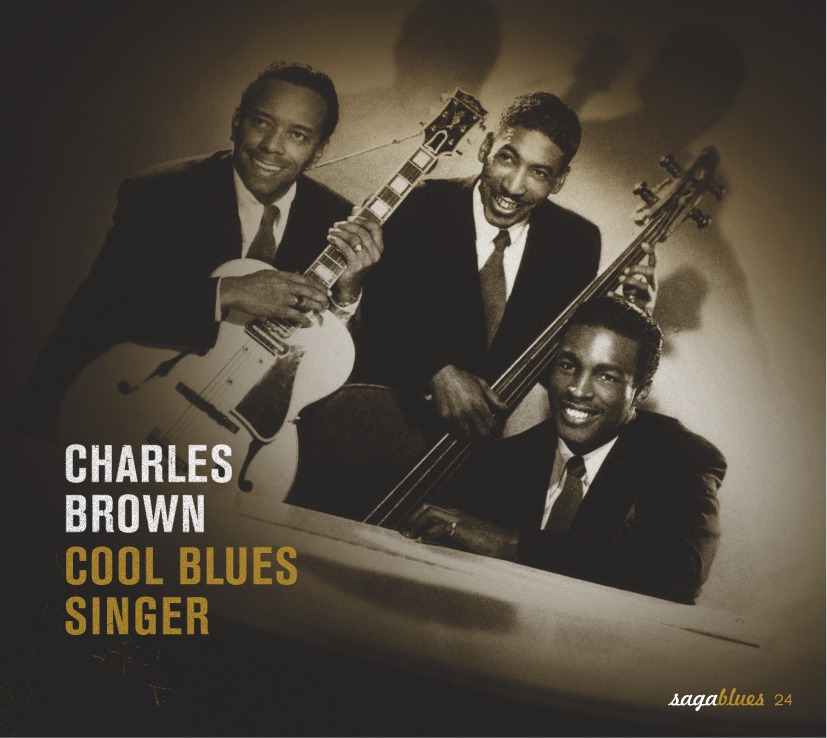
24 Charles Brown – Cool Blues Singer
Part I – The Hit-Maker
Part II – Ballads, Blues and Boogies
Aroused by the success of Frank Sinatra, a new category of Black crooners emerged in the 1940’s who set out to woo ballad fans. Alongside Nat “King” Cole, Charles Brown was the most influential of those sepia Sinatras. Like Cole, he was closely linked to the upwardly mobile Afro-American community of Southern California that represented finesse and sophistication in the eyes of Black Americans. As such, his influence was tremendous on upcoming artists, especially Ray Charles who started out as a Charles Brown clone. Alternating rhythm & blues, swing and ballads, this volume chronicles the tremendous popularity of a major postwar blues figure.
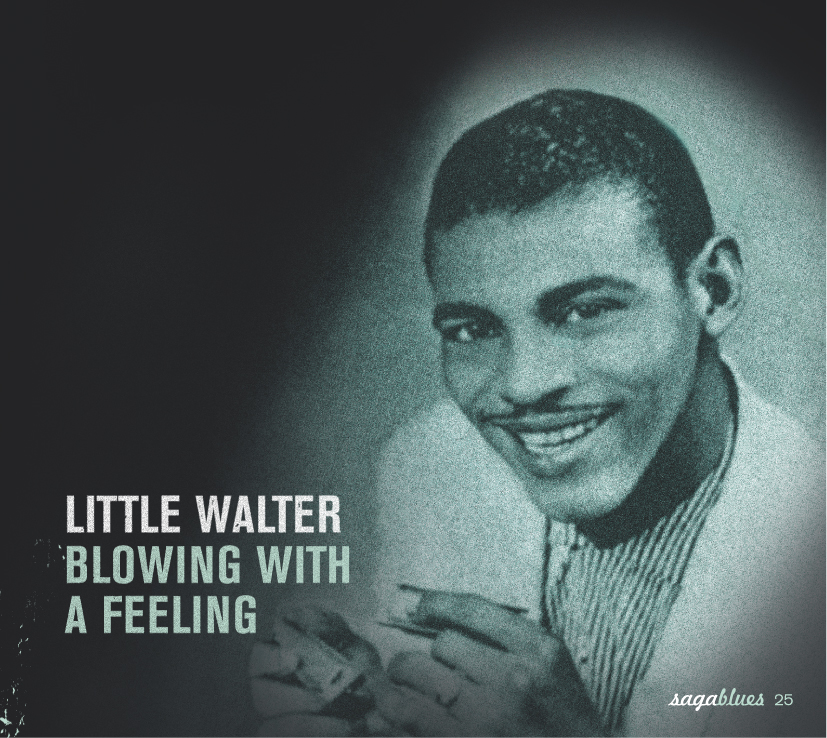
25 Little Walter – Blowing with a Feeling
Part I – Little Walter Up Front
Part II – Little Walter Behind
Little Walter is indisputably the blues “harmonica player of harmonica players”. An outstanding instrumentalist and great innovator strongly influenced by the jazz and Cajun music of his childhood, Little Walter is also a warm-hearted singer and the composer of countless themes that continue to be played and recorded today. This volume features these great classics, as well as songs in which Little Walter’s talent as an accompanist can be admired.
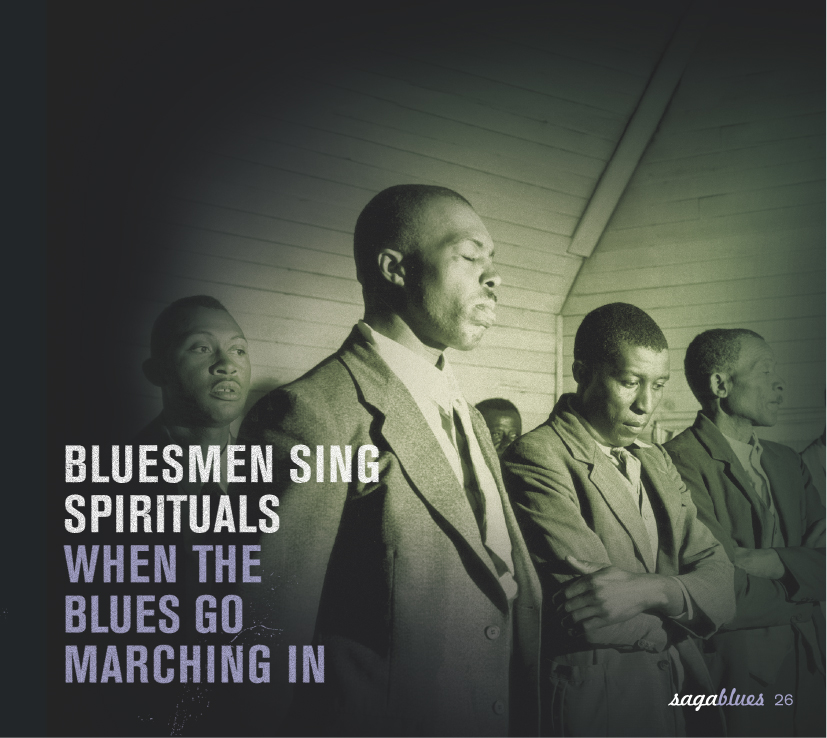
26 Bluesmen Sing Spirituals – When the Blues Go Marching In
Part I – Swing Low, Sweet Chariot…
Part II – …Coming for to Carry Me Home
For blues singers and jazz musicians alike, spirituals offer the constant possibility of a return to their roots. From Big Bill Broonzy to Louis Armstrong, from Josh White to Archie Shepp, they regularly return to the songs of their childhood, those sung by their slave ancestors and which have become their common roots. Hymns, traditional spirituals and Thomas Dorsey songs are interpreted here with a blues accent, spiced up by singular guitar parts or expressive harmonica flights. Many of them have gone their own way, one step on the side of God, one step on the side of the Devil. As for the others, the pure bluesmen among whom we may be surprised to find Muddy Waters or Lightnin’ Hopkins, don’t they have their own little corner of Paradise? But that doesn’t detract from their sincerity – their singing speaks for itself.
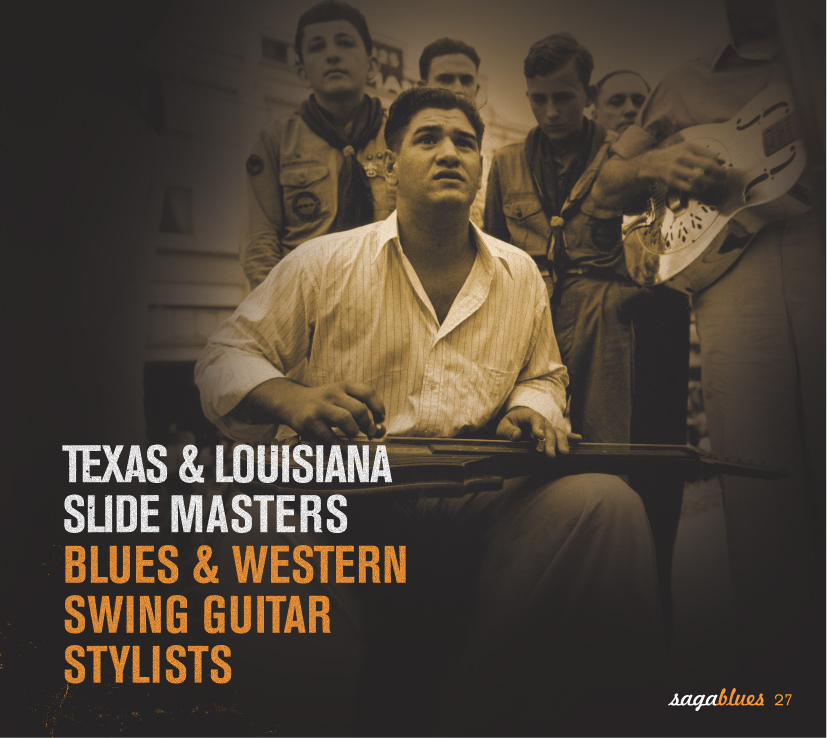
27 Texas & Louisiana Slide Masters – Blues & Western Swing Guitar Stylists
Part I – Early Texas and Louisiana Slide
Part II – Slidin’ from Texas to California
Slide guitar in the southwestern states of Louisiana, Texas and California is as influenced by the blues as it is by Hawaiian, Mexican and Western swing influences. This original and distinctive style of playing, very different from the blues of Chicago or Mississippi, is an integral part of the tasty, crisp, spicy and always exciting musical stew this region is famous for.
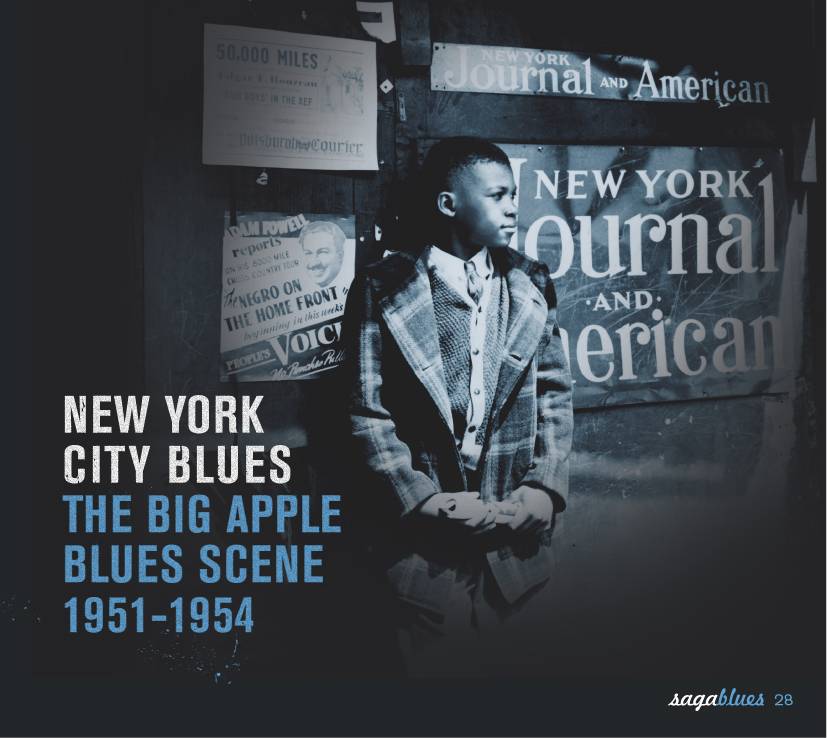
28 New York City Blues – The Big Apple Blues Scene 1951-1954
Part I – New York Down Home Blues
Part II – Harlem Uptown Blues
Somewhat overshadowed by the sounds of Harlem jazz, New York blues has always been important, both in the black clubs frequented by peasants from Southeastern plantations and on big stages like the Apollo Theater, as well as – on a note of originality – in the student cafés of Greenwich Village. In the early ’50s, a broad spectrum of blues styles could be heard. Some modernized the rural style of their origins, clearly heralding rock ‘n’ roll, while others drew on the sounds of jazz to produce some of the most danceable, muscular rhythm & blues of the period.
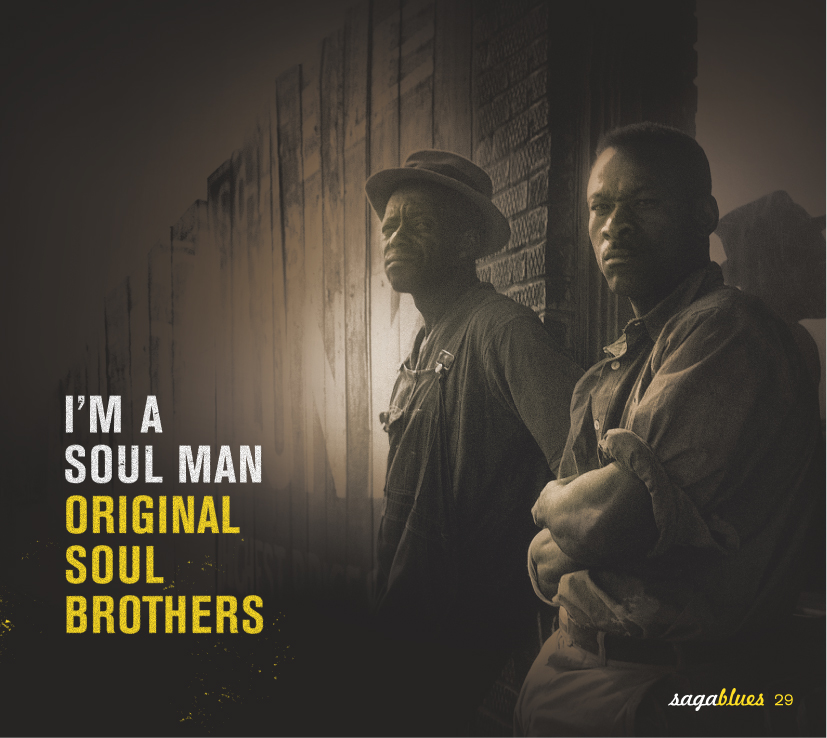
29 I’m a Soul Man – Original Soul Brothers
Part I – Streetcorner Groups and Gospel Quartets
Part II – Singing from the Soul
The various singers presented here illustrate the rich combination of styles that set in motion the soul revolution. The first part of this volume is dedicated to the rich harmonic tradition that permeated the life of Black youths, from the gospel cries of Sam Cooke’s Soul Stirrers to the radiant ballads of doo-wop groups such as the Dominoes, the Clovers, the “5” Royales and the Charms. Soloists also played their role in the emergence of soul, as sophisticated bluesmen like Joe Liggins, Johnny Otis or Roy Brown set examples that were followed by promising soulsters named Bobby Bland and Johnny Ace, or Ray Charles who married gospel and blues like no one before him.
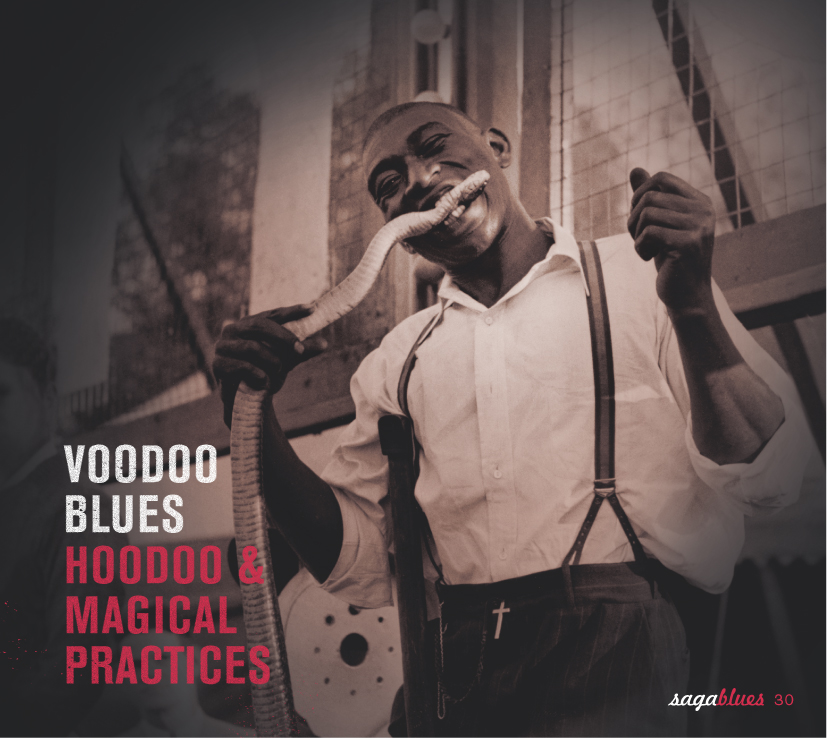
30 Voodoo Blues – Hoodoo & Magical Practices
Part I – Mojo Hands and Black Cat Bones
Part II – Root Doctor Blues
‘Hoodoo’ was the particular form adopted by the practise of magic in the heart of the Black American community, and references to it abound in the blues. This should come as no surprise: the blues, an art form in the oral tradition, was at some point bound to come into contact with another, powerful form of oral exchanges, a form which had been handing down beliefs, superstitions and miraculous remedies from time immemorial… Indeed, it was a concept that could only make sense to a black listener, and be part of the connivance that constitutes the very essence of the blues, one of the symbols of the cohesion of this group.
